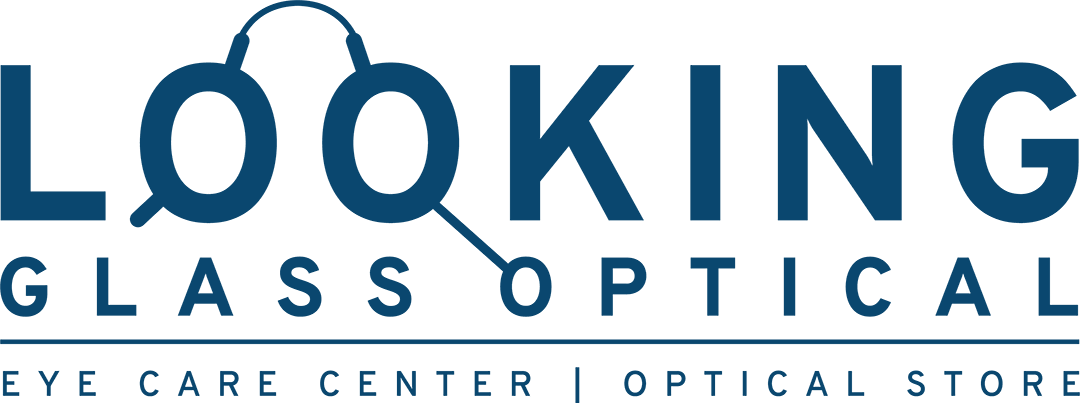What You Need to Know About Dry Eyes
Though it may seem like a minor inconvenience, dry eye is a significant health issue in the United States. In fact, an estimated 16 million people are reportedly diagnosed with dry eye disease, or DED, nationwide. According to a National Health and Wellness survey, almost 6 million people experience DED symptoms. However, they are not formally diagnosed. So, if millions of people are suffering from symptoms, what can we do to combat the disease? And, what causes dry eye in the first place? Follow along to learn everything you need to know about dry eyes.
Symptoms of Chronic Dry Eyes

Symptoms of dry eyes become more common the older we get because tear production declines.
Dry eyes occur when tear glands either don’t produce enough tears or when tears evaporate too quickly. Red, itchy dry eyes not only look unsightly but can be extremely uncomfortable. Not to mention, chronic dry eye can take a toll on daily life and make it difficult to perform routine tasks. Some common symptoms include:
- A stinging or burning sensation in your eyes
- Blurry or cloudy vision
- Sensitivity to light
- A feeling of sand or grit in your eyes
- Eye redness
- Watery eyes
- Heavy or tired eyes
- Stringy mucus-like secretions from the eye
- Difficulty wearing contact lenses
Common Causes of Dry Eyes
- Aging – This condition becomes more common the older we get because tear production declines. Also, women, in particular, are at a greater risk of developing DED and often receive a diagnosis at an earlier age.
- Computer Use – Particularly with lots of us working from home this has become an increased issue. Computer-related dry eye occurs as a result of blinking less often so tears evaporate more quickly.
- Medication – Certain medications like antidepressants, antihistamines, beta-blockers, and diuretics reduce mucus production in the eyes leading to DED.
- Laser Surgery – Laser correction surgery cuts some of the nerves in the cornea, causing the eyes to produce fewer tears.
- Vitamin A Deficiency – A diet low in vitamin-A can also lead to DED. Think foods like carrots, eggs, broccoli, spinach, fish, and peppers. In addition to other vision problems such as night blindness.
- Allergies – If you experience watery, itchy eyes along with your sneezing and stuffy nose, DED may be the problem.
- Contact Lenses – Because some lenses obstruct oxygen to the cornea, long-term use may be a risk factor for DED
Blepharitis. A condition in which small oil glands on the inner eyelid become clogged and inflamed.
Treatment Options
There are several different options available to treat dry eye disease. As always, you can call and request an appointment with Looking Glass Optical if your dry eyes are disrupting your quality of life. Our team will work to find a treatment that is most suitable for you. Some treatment options include the following:
- Over-the-Counter (OTC) Drops– One of the most convenient methods is called artificial tears. If you have moderate symptoms of DED, artificial tears may be all you need. Likely, you will need to use them several times a day.
- Prescription Medications – These treatments may help to reduce inflammation of the eyelids. Swollen eyelids prevent oil glands from getting oil into the tears causing tears to evaporate quickly. A doctor may prescribe medications in a drop or pill form.
Dry Eye Relief Starts at Looking Glass
Dry eye disease is a common and often treatable condition. Be sure to visit Looking Glass Optical immediately if you have persistent symptoms. And, remember that whatever treatment you and your doctor choose will be based on a variety of factors, including the severity of your symptoms and what’s most comfortable for you.
Share
